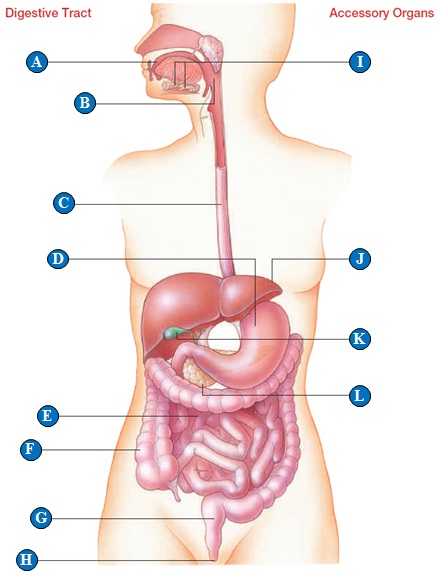Which of the following systems does NOT dispose
of a type of waste directly to the environment?
a. digestive
b. respiratory
c. integumentary
d. circulatory
e. urinary
Answer: d
You might also like to view...
Genetic maps are based on recombination frequencies. Because both odd and even numbers of crossovers can occur between any two gene loci, as the physical distance between two loci increases, the maximum recombination frequency levels off at 50%. However, suppose you discovered a species where only an even number of crossovers can occur between any two gene loci. In this case, as the physical distance between two loci increases, you would expect the maximum recombination frequency to
A. remain at zero. B. increase with no limit. C. level off at 25%. D. level off at 75%. E. level off at 100%. Clarify Question · What is the key concept addressed by the question? · What type of thinking is required? · What key words does the question contain? Gather Content · What do you already know about recombination frequency? Consider Possibilities · What other information is related to the question? Which information is most useful? Choose Answer · Given what you now know, what information and/or problem solving approach is most likely to produce the correct answer? Reflect on Process · Did your problem-solving process lead you to the correct answer? If not, where did the process break down or lead you astray? How can you revise your approach to produce a more desirable result?
Which of the following statements applies to the semiconservative nature of DNA replication?
A. The new strand serves as a template for the old strand. B. The old strands serve as a template for the new strand. C. The old strand is pulled apart and reformed into the new strand. D. None of these statements apply to the semiconservative nature of DNA replication.
In animals, what is the difference between reproductive cloning and therapeutic cloning?
A) Reproductive cloning uses totipotent cells, whereas therapeutic cloning does not. B) Reproductive cloning uses embryonic stem cells, whereas therapeutic cloning does not. C) Therapeutic cloning uses nuclei of adult cells transplanted into enucleated nonfertilized eggs. D) Therapeutic cloning supplies cells for repair of diseased or injured organs.
?

A. Oral cavity B. Pharynx C. Esophagus D. Stomach E. Small intestine F. Large intestine G. Rectum H. Anus I. Salivary glands J. Liver K. Gallbladder L. Pancreas